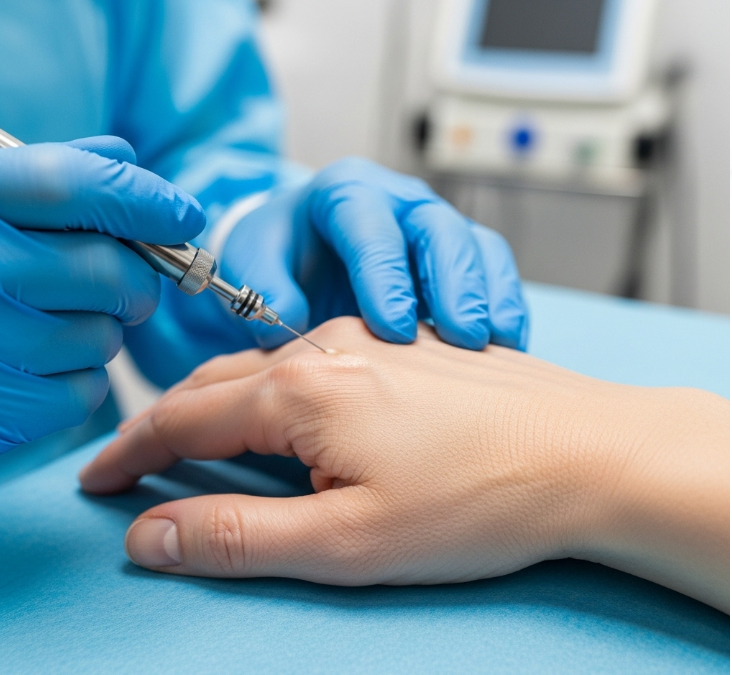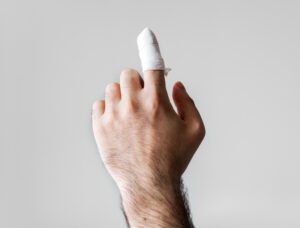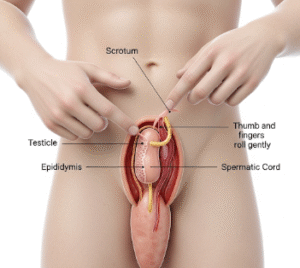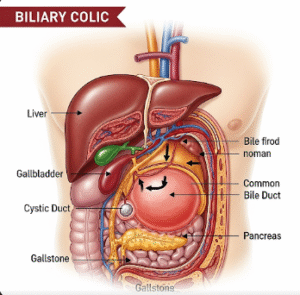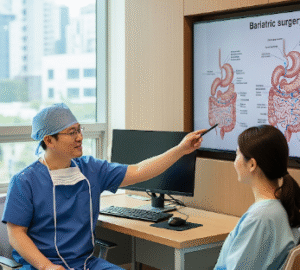What It Is
Hand rejuvenation with fat grafting is a cosmetic procedure that restores youthful fullness and smoothness to the hands. With age, hands lose fat and skin elasticity, which makes veins, tendons, and bones more visible. Fat grafting involves taking fat from the patient’s own body—often from the abdomen, thighs, or hips—processing it, and injecting it into the back of the hands for a softer, more youthful appearance.
In Korea, this procedure is performed in specialized plastic surgery and aesthetic clinics, often using advanced microfat and nanofat techniques for natural and lasting results.
Why It’s Done
Patients choose fat grafting for hand rejuvenation to:
- Reduce the bony, veiny look of aging hands
- Improve skin texture and overall hand aesthetics
- Restore lost volume from aging, weight loss, or medical treatments
- Achieve longer-lasting results compared to fillers
Fat grafting is often combined with laser therapy, PRP (platelet-rich plasma), or skin boosters for comprehensive hand rejuvenation.
Alternatives
Non-surgical alternatives include:
- Dermal fillers (hyaluronic acid, calcium hydroxyapatite): Quick but temporary results
- Laser resurfacing or IPL: Improves pigmentation and skin quality, not volume
- Microneedling or PRP therapy: Stimulates collagen for firmer skin
- Chemical peels: Reduce age spots and uneven tone
Fat grafting is the preferred option for natural, long-lasting volume restoration.
Preparation
Preparation before surgery usually includes:
- Consultation: Surgeon evaluates the degree of hand aging and selects donor sites for fat harvest
- Health check: Blood tests and review of medical history
- Lifestyle adjustments: Avoid smoking and alcohol 2–4 weeks before the procedure
- Medication review: Discontinue blood thinners or supplements that increase bleeding risk
- Recovery planning: Patients may need a few days of downtime for swelling and bruising to subside
How It’s Done
Hand fat grafting is usually performed under local anesthesia with sedation and takes 1–2 hours.
- Fat harvest: Fat is gently extracted using liposuction from donor areas such as the abdomen, thighs, or hips
- Processing: The fat is purified and prepared into microfat or nanofat for smooth injection
- Injection: The processed fat is injected into the back of the hands using fine cannulas, sculpting natural contours
- Finishing: The surgeon massages the area for even distribution
Recovery
Recovery is relatively quick:
- First days: Mild swelling, bruising, and tenderness in both donor and recipient areas
- Return to activities: Light activities can resume in 2–3 days
- Visible results: Improvements appear after 2–3 weeks once swelling reduces
- Longevity: Results last several years, though some fat is naturally absorbed, and touch-up sessions may be needed
Possible Complications
Though generally safe, risks include:
- Swelling or bruising
- Uneven fat distribution or small lumps
- Partial fat absorption (commonly requiring touch-up)
- Infection (rare)
- Donor site irregularities
Treatment Options in Korea
Diagnosis
- Consultation and skin evaluation to determine the best rejuvenation plan
- Photography or 3D imaging to track before-and-after results
Medical Treatments
- PRP (platelet-rich plasma) or skin booster injections to enhance fat graft survival
- Scar or skin treatments if needed at the donor site
Surgical or Advanced Therapies
- Standard fat grafting: Restores natural fullness
- Microfat injections: For precise contouring
- Nanofat injections: For skin quality improvement
- Combination therapies: Fat grafting with lasers or fillers for optimal results
Rehabilitation and Support
- Scar management at donor sites if small incisions are visible
- Follow-up appointments to check fat retention and symmetry
- International patient services including translation, hospital support, and virtual follow-up

